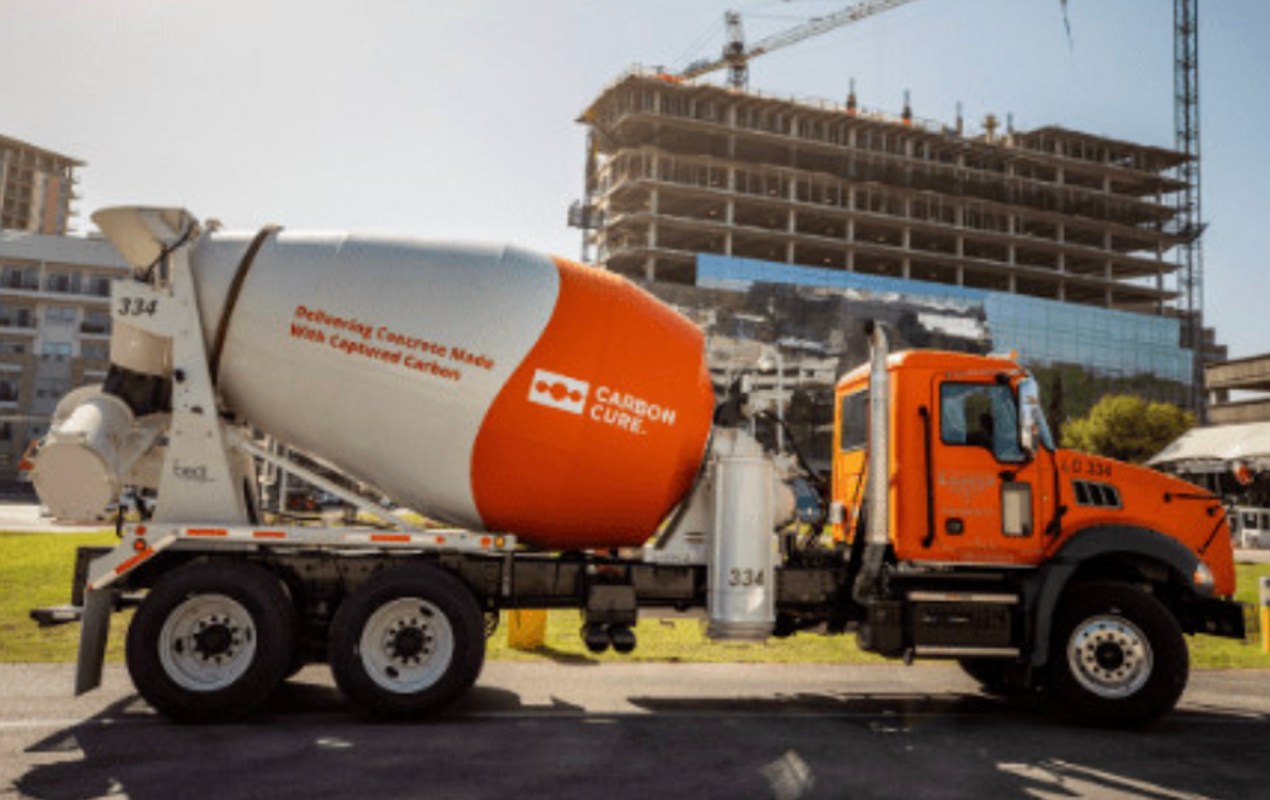Concrete manufacturing is one of the world's leading sources of industrial pollution, accounting for roughly 7% of the world's total heat-trapping carbon pollution every year — contributing to worsening air quality and the overheating of our planet, as the Wall Street Journal reported.
Now, a startup called CarbonCure Technologies has come up with a way to limit that carbon pollution — by taking carbon dioxide and injecting it directly into the concrete itself.
The carbon dioxide then reacts with the calcium ions in cement to form a very hard substance called calcium carbonate, reducing the overall amount of cement needed and trapping carbon instead of sending it out into the atmosphere.
CarbonCure, which has gotten financial backing from Amazon and Microsoft, is working with construction companies like Vulcan Materials to get its technology into more concrete. It refers to the end product as "green concrete."
Injecting carbon dioxide isn't the only method that scientists have developed to make concrete more environmentally friendly. Researchers in Australia have begun adding coffee grounds to concrete, which they say can make the substance stronger while also providing a sustainable alternative to mined sand and preventing the coffee grounds from ending up in a landfill.
There is also a type of concrete called "low-carbon concrete" which replaces some of the cement in the concrete with alternative binding agents, as cement is incredibly dirty to produce. Low-carbon concrete has been used in a building for Toronto's York University.
"It feels like we're on the cusp of a second industrial revolution," Scott Shell of the environmental philanthropic organization ClimateWorks Foundation told the Wall Street Journal, in reference to the many new ways of reducing the environmental damage caused by concrete manufacturing.
Of course, another impactful way for concrete manufacturers to reduce their planet-overheating pollution is to switch their operations from dirty energy sources like gas and oil to clean, renewable sources like wind and solar.
Join our free newsletter for weekly updates on the coolest innovations improving our lives and saving our planet.









